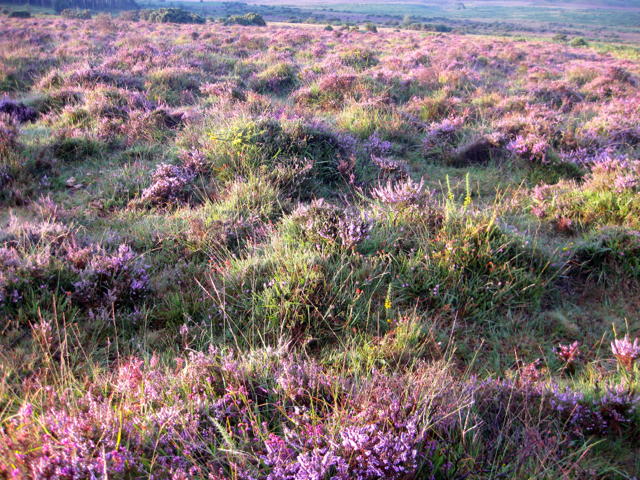I love the autumn. The colours that nature paints across the landscape are just beautiful. On the New Forest heathland at the moment one can see large blocks of purple from the heather that dovetail with the green of the bracken and the darker green of the gorse. This morning I was even treated to a sky tinged with lilac and orange from the rising sun. It is hardly possible for a camera to accurately convey the hues and tints that the naked eye can see, and a photograph could never generate the living atmosphere of the Forest.
The heathland of the New Forest, which presents such a scene of natural harmony has been ‘managed’ through the practice of commoning for centuries. The grazing of ponies and controlled burning by the commoners has ensured that larger species of scrub and trees could not invade. Heather, bracken and gorse were important natural resources from off the heathland. Ling heather, particularly, had many uses, such as basket-making, brushes and besoms, rope-making, bedding, dye, fuel, thatching and wattle. The flowers could be used to make a satisfying tea or heather ale.
Bracken was used for roofing, bedding for livestock or mixed into their feed for bulk. Even the prickly gorse could be harvested with care and was used for fuel or fodder during the hard winter months. The flowers from the gorse could also be used to make a variety of white-wine. The utility of the heathland vegetation to the commoning way of life has ensured its survival and with it the many species of insect, vertebrates, small mammals and birds that rely upon this unique habitat.




You must be logged in to post a comment.